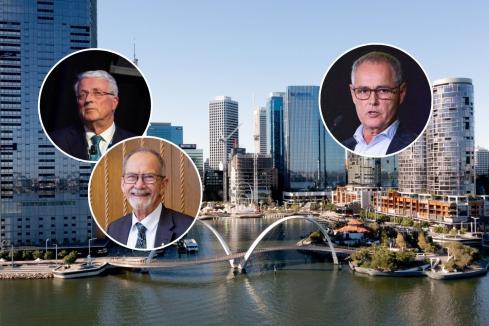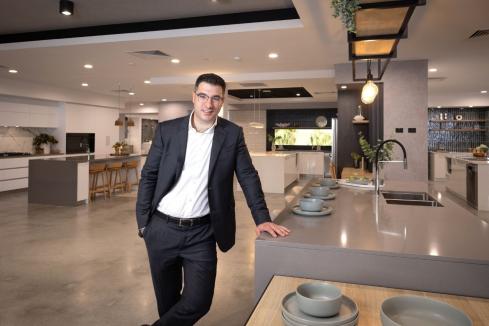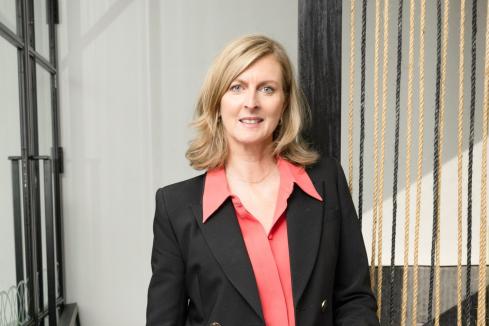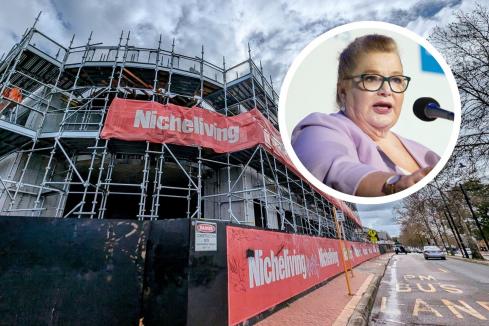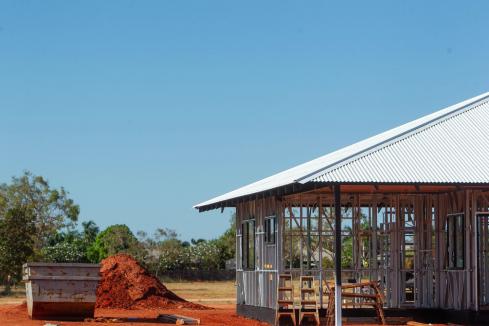Perth’s residential rental vacancy rate has hit a record low, while new home sales across the country have reached a decade high.

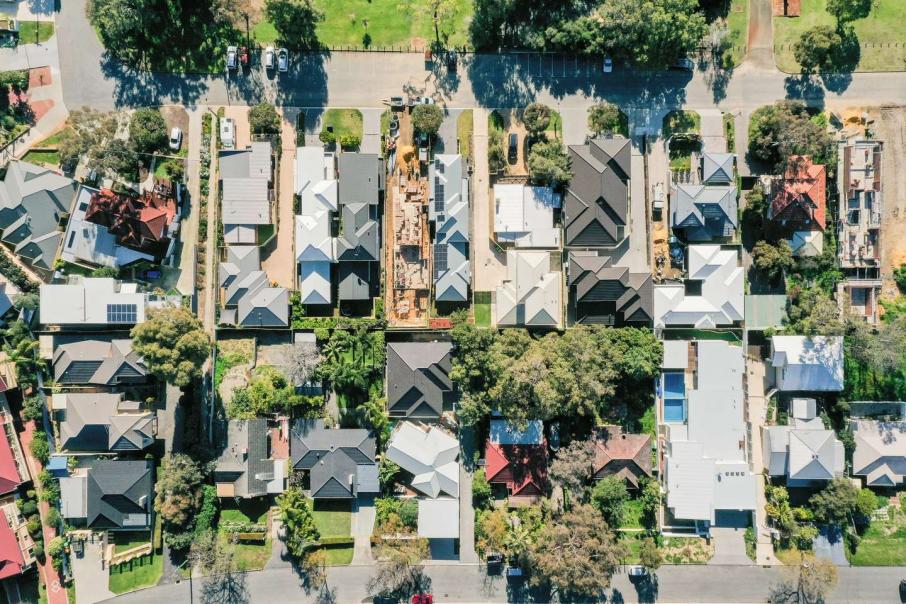
Perth’s residential rental vacancy rate has hit a record low, while new home sales across the country have reached a decade high.
During November, Perth’s residential vacancy rate fell to 0.8 per cent – a rate last recorded in 2007, the lowest level recorded by the Real Estate Institute of Western Australia over the past 40 years.
November marked the 25th consecutive month in which the residential vacancy rate has sat below 3 per cent, according to REIWA president Damian Collins.
“With listings lowering to 2,889 in November, which is 52 per cent lower than the year prior, we are seeing upward pressure on rents with Perth’s median increasing by $10 in November to $390 per week,” Mr Collins said.
“Despite the increases we have seen to date, Western Australia is still the most affordable capital city to rent in across Australia, with the Real Estate Institute of Australia’s Housing Affordability Report (September 2020 quarter) revealing the proportion of family income in WA required to meet the median rent is sitting at 17 per cent.”
In comparison, the proportion of family income required to meet the median rent in Queensland was sitting at 21.6 per cent, with Victoria at 22.4 per cent and New South Wales the most expensive state at 28.4 per cent.
“As we head into 2021, we can expect rents to increase due to supply and demand factors, and this hopefully will encourage investors back into the market to increase stock levels, however we anticipate that rents will not increase to surpass our east coast counterparts on the affordability scale,” Mr Collins said.
“It is likely that we will reach the all-time low vacancy rate in early 2021, however, once the market returns to normal at the end of the moratorium in March 2021, we can hope to see a return of investors to the market and tenants adjusting household size, which will help to balance the market.”
Sales surge
The Housing Industry Association’s monthly survey of the country’s largest home builders found new home sales increased by an additional 15.2 per cent in November.
HIA economist Angela Lillicrap said this represented a decade high for the industry.
“Sales in the three months to November were 41.1 per cent higher than the same time last year,” added Ms Lillicrap.
WA led the charge with new home sales up 108.8 per cent in the three months to November, when compared with the same period in 2019.
South Australia followed (57.6 per cent), then Queensland (34 per cent).
“Sales in Victoria rose 20.6 per cent as they emerged from stage four restrictions and a 15.9 per cent increase was recorded in New South Wales which has been lagging other jurisdictions,” Ms Lillicrap said.
“This data precedes the extension of HomeBuilder which was announced on 29 November 2020.
“The extension of HomeBuilder should see strong sales of new homes reach into 2021.”
However, Ms Lillicrap noted that HomeBuilder was not the only reason for the strength in New Home Sales.
“It was the trigger for improved market confidence,” she said.
“Low interest rates, house price growth and a change in consumer preferences away from apartment style living, have all seen demand for detached housing rise.
“Many households have diverted their expenditure from travel and entertainment towards housing, including renovating their home.
“The strength of new home sales is a positive sign that home building will support the broader economy as we enter 2021.”






